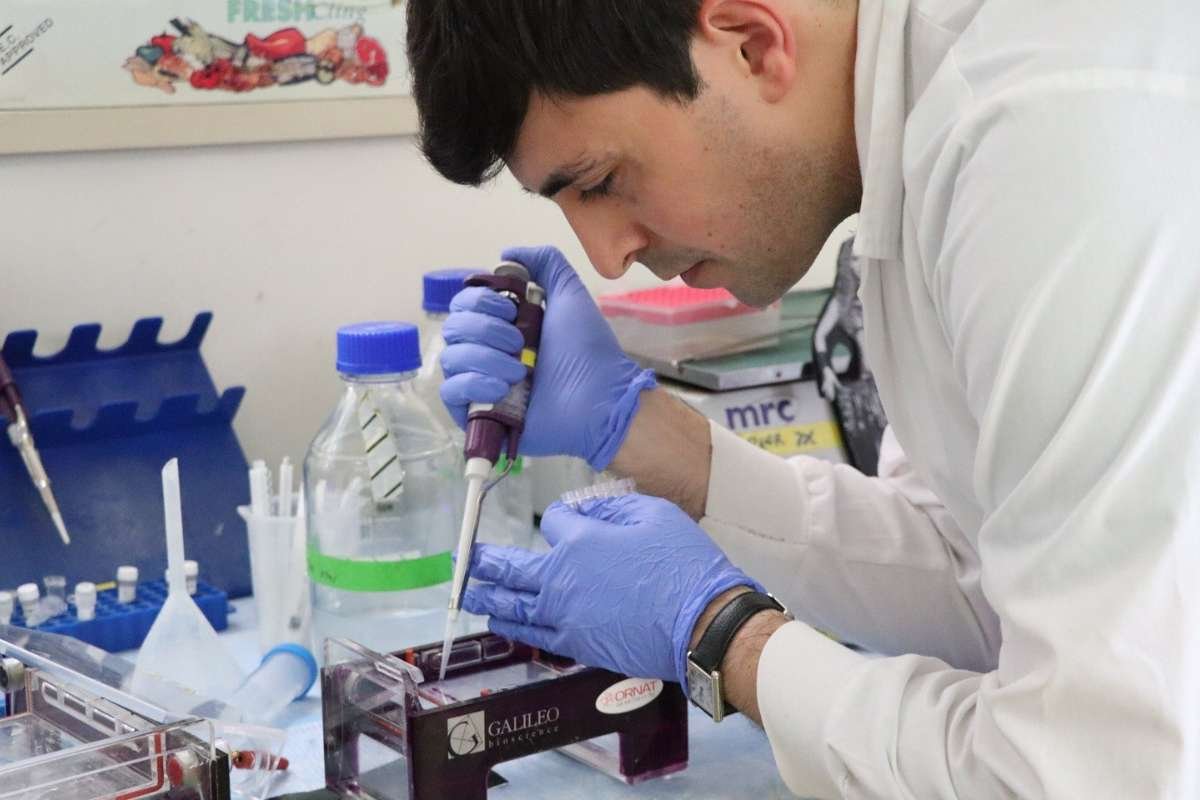Understanding the Neurotoxicity of Alcohol
Alcohol, the most widely consumed psychoactive substance globally, has long been associated with both health benefits and detrimental effects. While moderate consumption may offer protective effects against certain diseases, excessive intake can lead to severe health complications, including neurological damage. In a recent study, researchers delved into the toxic effects of alcohol on brain cells, shedding light on its role in neurodegenerative diseases.
Investigating the Effect of Alcohol on Brain Cells
To understand the effect of alcohol on brain cells, scientists conducted experiments using human neuroblastoma cells, a commonly used model for studying neurodegeneration. The cells were exposed to varying concentrations of alcohol, and their viability and functionality were assessed. Results revealed that alcohol exposure led to a dose-dependent decrease in cell viability, particularly affecting undifferentiated cells. Additionally, alcohol-induced oxidative stress was observed, characterized by alterations in mitochondrial morphology and increased production of reactive oxygen species (ROS).
Implications and Significance of the Study
The findings underscore the damaging effects of alcohol on brain cells, highlighting the potential mechanisms underlying cognitive decline associated with heavy alcohol consumption. Moreover, the study suggests that while differentiated neuronal cells may exhibit resistance to alcohol-induced death, they become more susceptible to accumulating oxidatively damaged proteins. This insight into the molecular mechanisms of alcohol-induced neurotoxicity could pave the way for targeted therapeutic interventions aimed at mitigating oxidative stress and preserving brain health.
In summary, the study provides valuable insights into the detrimental effect of alcohol on brain cells, emphasizing the importance of responsible alcohol consumption and the need for further research to develop effective treatments for alcohol-related neurodegenerative diseases.









